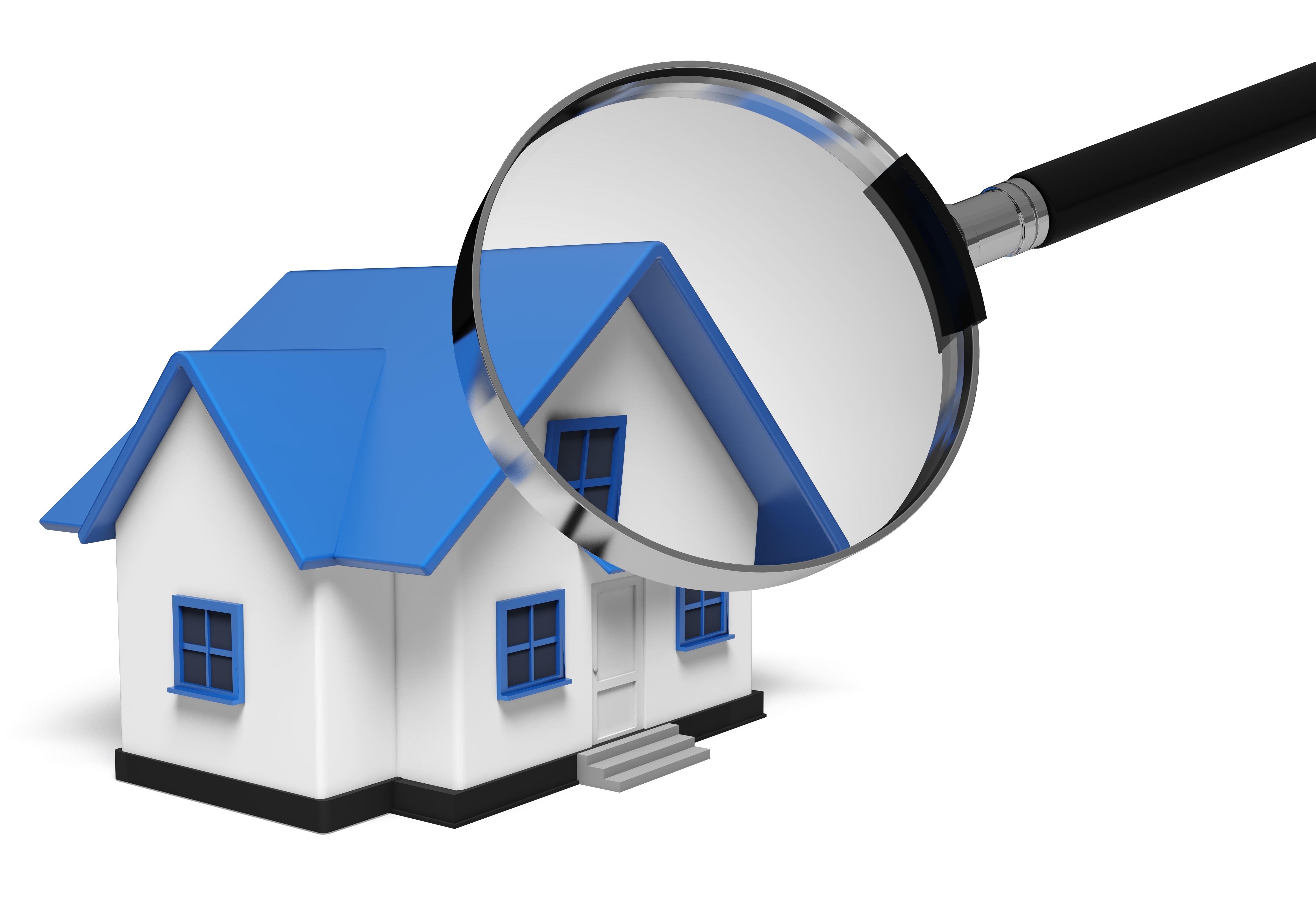
What Goes Into an Appraisal?A home purchase is the most important investment some of us may ever consider. It doesn't matter if where you raise your family, a seasonal vacation property or an investment, purchasing real property is an involved financial transaction that requires multiple parties to see it through. Most of the parties involved are very familiar. The real estate agent is the most known face in the transaction. Then, the bank provides the financial capital required to finance the deal. And the title company sees to it that all requirements of the transaction are completed and that the title is clear to transfer from the seller to the buyer. So, who makes sure the value of the real estate is consistent with the purchase price? In comes the appraiser. We provide an unbiased estimate of what a buyer might expect to pay — or a seller receive — for a parcel of real estate, where both buyer and seller are informed parties. A licensed, certified, professional appraiser from Appraisal Resource Texas will ensure, you as an interested party, are informed. Appraisals begin with the home inspectionOur first task at Appraisal Resource Texas is to inspect the property to determine its true status. We must actually view features, such as the number of bedrooms and bathrooms, the location, amenities, etc., to ensure they truly are there and are in the shape a typical buyer would expect them to be. To ensure the stated square footage has not been misrepresented and illustrate the layout of the house, the inspection often includes creating a sketch of the floorplan. Most importantly, the appraiser identifies any obvious amenities - or defects - that would affect the value of the property. Following the inspection, we use two or three approaches to determining the value of real property: a paired sales analysis, a replacement cost calculation, and an income approach when rental properties are prevalent. 
Replacement CostHere, the appraiser pulls information on local construction costs, labor rates and other factors to calculate how much it would cost to replace the property being appraised. This figure often sets the maximum on what a property would sell for. The cost approach is also the least used predictor of value. 
Analyzing Comparable SalesAppraisers get to know the neighborhoods in which they work. They thoroughly understand the value of certain features to the homeowners of that area. Then, the appraiser researches recent sales in the area and finds properties which are 'comparable' to the subject being appraised. Using knowledge of the value of certain items such as fireplaces, room layout, appliance upgrades, extra bathrooms or bedrooms, or quality of construction, we add or subtract from each comparable's sales price so that they more accurately match the features of subject property.
A valid estimate of what the subject could sell for can only be determined once all differences between the comps and the subject have been evaluated. At Appraisal Resource Texas, we are experts in knowing the value of real estate features in Houston and Harris County neighborhoods. This approach to value is commonly awarded the most importance when an appraisal is for a home sale. Valuation Using the Income ApproachA third method of valuing approach to value is sometimes applied when an area has a reasonable number of rental properties. In this scenario, the amount of income the property produces is factored in with other rents in the area for comparable properties to determine the current value. ReconciliationCombining information from all applicable approaches, the appraiser is then ready to stipulate an estimated market value for the property in question. The estimate of value at the bottom of the appraisal report is not necessarily the final sales price even though it is likely the best indication of a property's valuePrices can always be driven up or down by extenuating circumstances like the motivation or urgency of a seller or 'bidding wars'. But the appraised value is typically used as a guideline for lenders who don't want to loan a buyer more money than the property is actually worth. The bottom line is, an appraiser from Appraisal Resource Texas will help you get the most fair and balanced property value, so you can make wise real estate decisions. |